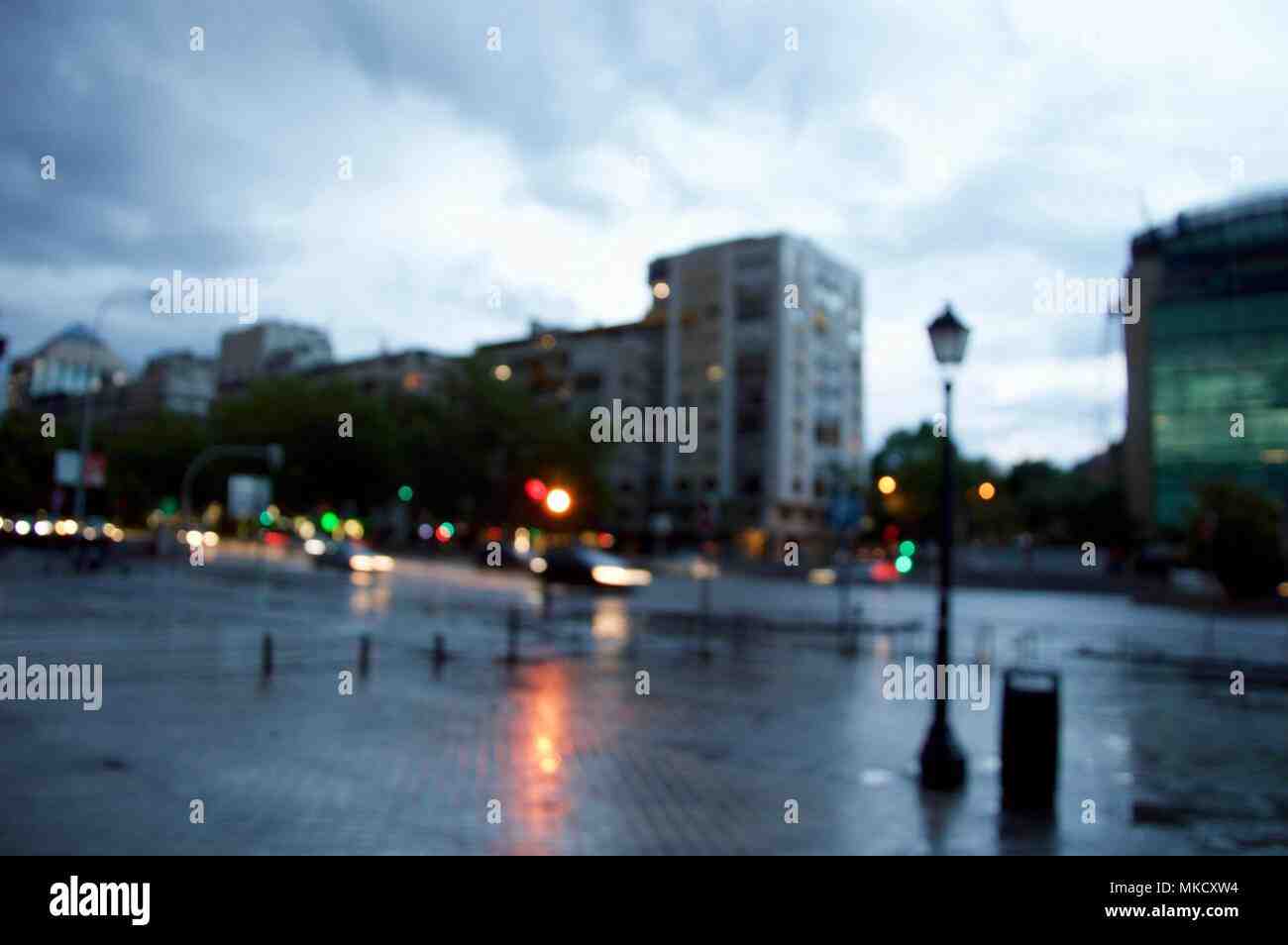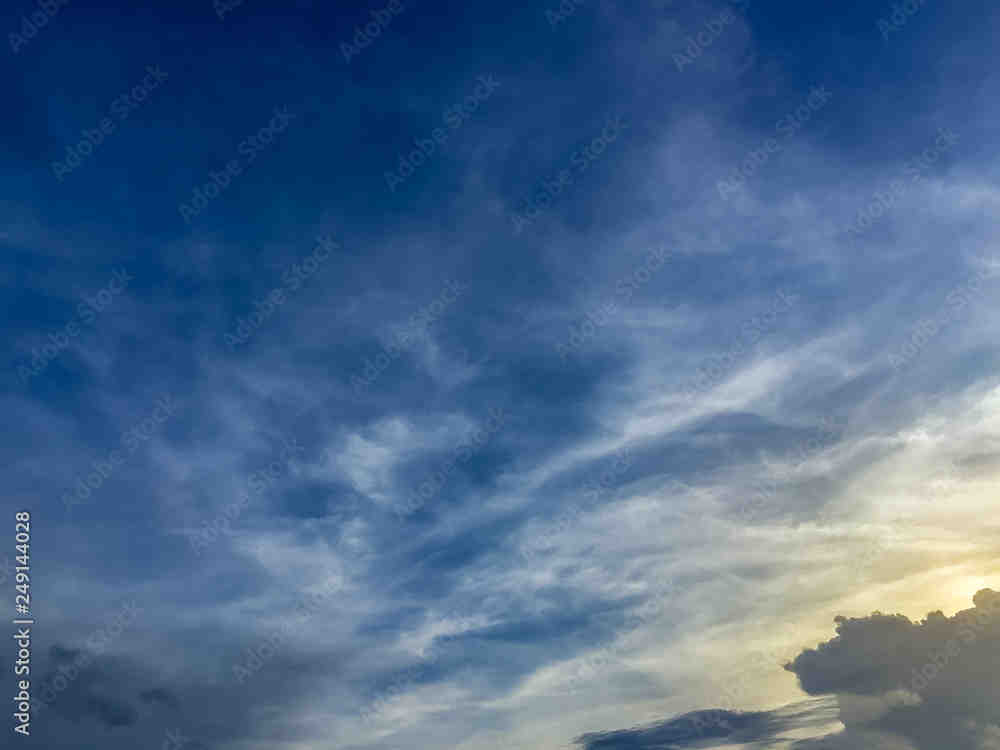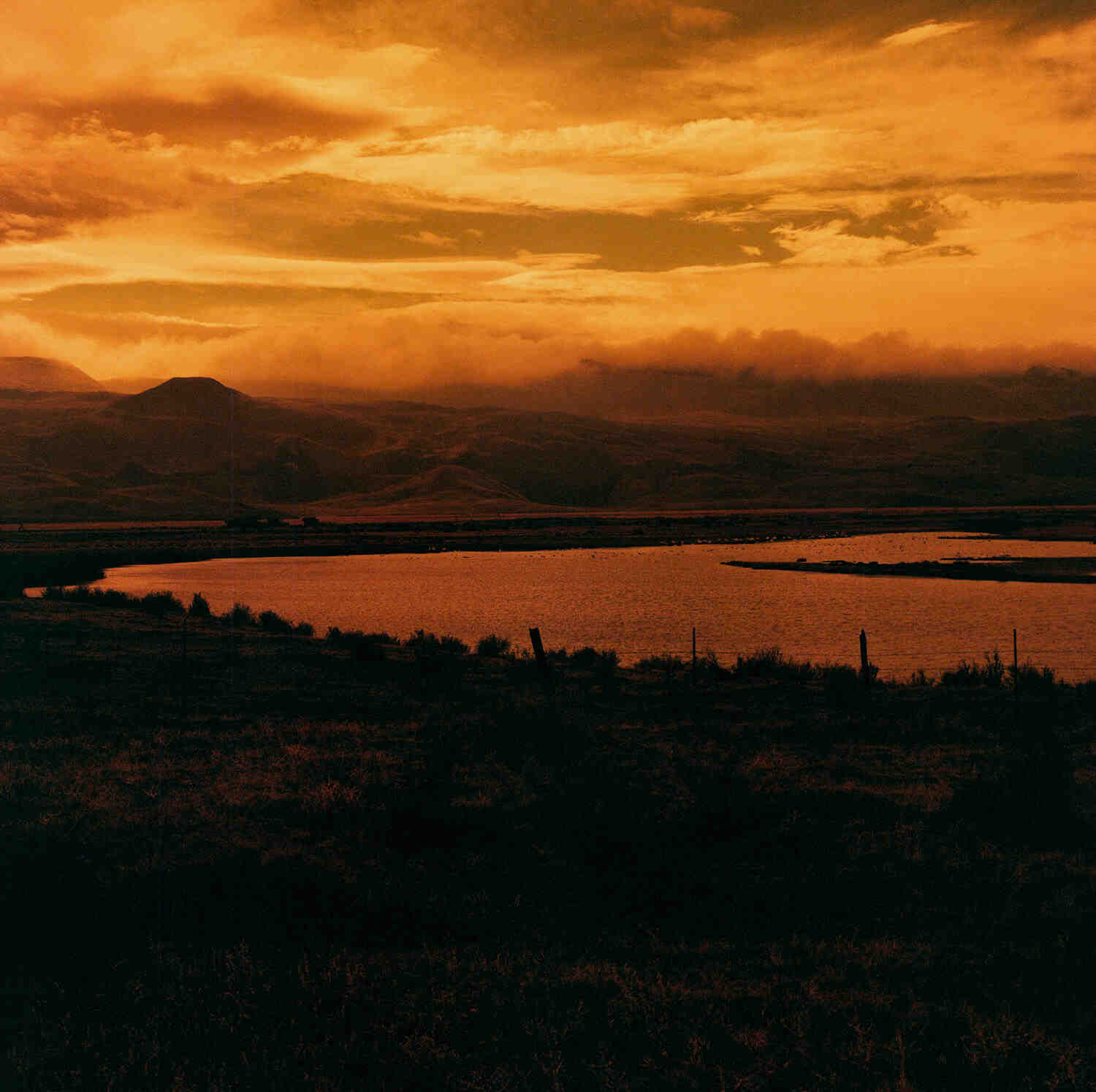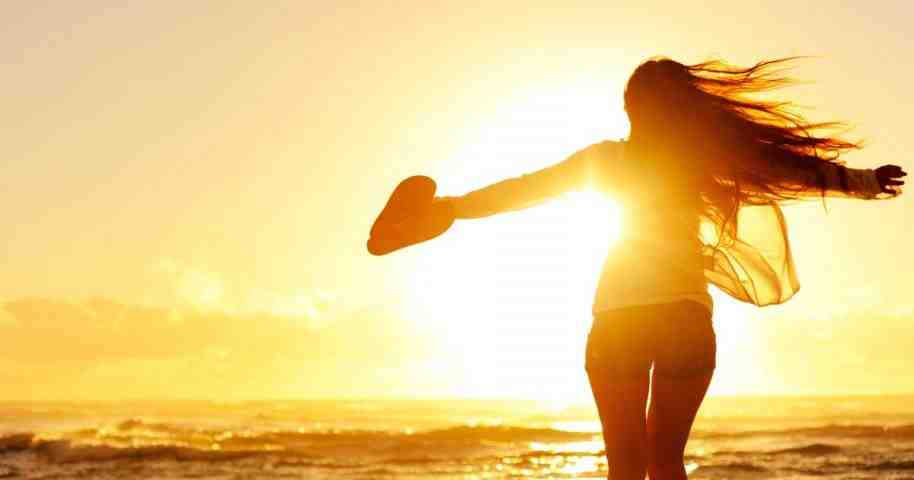ENCINITAS, CA – An Encinitas resident and Patch reader Katy Brown took this photo at sunset on Friday at Encinitas. The photo was taken north of Moonlight State Beach.
Brown said the sunset looked like a “special effect” from a Steven Spielberg movie.
Find out what’s happening in Encinitaswith free, real-time updates from Patch.

If you have an amazing photo of nature, breathtaking scenery, kids caught in their childhood, a pet doing something fun or something unusual that you accidentally captured with your camera, we’d love to show them in the Patch.
We are looking for high definition horizontal images that reflect the beauty of San Diego County and showcase your unique talents.
Find out what’s happening in Encinitaswith free, real-time updates from Patch.

Send your photos to kristina.houck@patch.com. Be sure to include information about your photo credits, when and where the photo was taken, and any other details of what is happening.
The rules of replying:
How do you recreate the golden hour?

How to get the golden hour in pictures? How can I pretend the golden hour?
- Place a strobe or flash light around your subject.
- Use a bright lens for a soft background.
- Place your flash outside the window for an afternoon sun effect.
- Stick to a fast shutter speed and a high aperture as if you’re shooting in a true golden hour.
How is golden hour created?
The golden hour is a short window through which, after sunrise, the sun will slide below the horizon or fall into sharper light. “This increases the need for advance planning,” says landscape photographer Steve Schwindt.
Why do they call it golden hour?
The golden hour is the period when the color of the sky changes from red and orange to yellow or, as the name suggests, to golden shades with a warm color temperature. The light is soft, diffused and low in contrast because the sun is low in the sky and creates a warm, luminous effect.
Is there always a golden hour?
The Golden Hour is Not Always the Hour While the time to fade as the shades get richer and the sun rises onto the horizon is known as the hour, this time actually varies with the season. It also changes depending on where you are in the world.
How do you mimic a sunset light?
I believe that the easiest way to imitate the lighting of the setting sun is to use a handheld flash placed on a tripod, away from the camera axis and at or above the subject’s eye level. I trigger strobes when used in this way by PocketWizard, but you can certainly use other flash triggers.
Is there a way to fake sunlight?
Use artificial light Artificial lighting is still essential in any room, especially in those that lack a lot of natural light. Add full spectrum bulbs (designed to simulate daylight) to indoor luminaires with low light to quickly brighten your home with soft but warm artificial light.
How do I change from blue sky to sunset in Photoshop?

To use it, click the down arrow next to the sky preview, then click the + at the bottom to select a blue sky photo. Adjust the color and lighting of the new sky and drag with Sky Move to reposition the sky where you want it. Step 3: Add a sunset.
Do I need a filter for sunset photography?

The Neutral Density (ND) filter is indispensable in landscape photography and is useful for sunset and sunrise shots as it allows shutter speeds to be slower than normal and creates motion blur for a more attractive image.
What filters should I use for sunsets? 1. Neutral Density (ND) Filter. They are extremely useful in many situations, but are especially useful for sunrise and sunset times, giving you longer exposure options when the sun is still producing a lot of light and the shutter speed cannot be slow enough to provide a really long exposure.
Can you photograph the sun without a filter?
Remember to never try to look at or photograph the Sun without proper, certified equipment. If you are not sure what you are doing, don’t try it. It can seriously damage your eyesight. You can start with something simpler, such as photographing a beautiful sunset.
What kind of filter do I need to take pictures of the sun?
In the case of white light, a simple “solar film” in front of the telescope is sufficient. To photograph the chromosphere, you need a rather more expensive kit: an H-alpha or Ca-K filter. H-alpha filters require careful tuning for optimal results.
What happens if you take pictures of the sun?
If you take a quick photo of the sun, it’s unlikely you will damage the sensor – or the shutter, but you can blind yourself a bit (speaking from experience here). If you are taking a photo of the sun in LiveView mode, you can generate a lot of heat on the sensor through the lens focusing the sunlight.
Is there a sunset filter?
The sunset filter is a must-have for photographers looking to capture the golden rays of the setting sun. It’s also a great way to add color to … landscapes and portraits.
How do you get sunset effect on iPhone?
You may need to use the manual exposure feature to properly darken the foreground. To do this, simply hold your finger on the iPhone screen until a yellow box appears, then slide your finger up or down to adjust the exposure. You can also darken your shadows by using many of the most popular editing apps.
Should I use a polarizing filter for sunsets?
It is also not necessary to use a polarizing filter for sunsets. It won’t hurt, so leaving the filter on the lens is possible. But watch out for bright sunlight. May produce extra glare because of the extra glass in front of the lens.
Should I use a polarizing filter for sunsets?
It is also not necessary to use a polarizing filter for sunsets. It won’t hurt, so leaving the filter on the lens is possible. But watch out for bright sunlight. May produce extra glare because of the extra glass in front of the lens.
Should you use a polarizing filter for sunrise?
Since polarizers work best when used at a 90-degree angle to the sun, they should not be used when shooting sunrise or sunset scenes – with the camera pointing directly at the sun. Since polarizers reduce the available light, you won’t want to use them after dark.
Do I really need a polarizing filter?
The use of a polarizer in landscape photography is often recommended. And for good reason: colors will be enhanced, reflections in the water and leaves may be removed, and the sky may turn deep blue. However, it is not recommended to use a polarizer as a standard filter as there are times when it can turn against you.
What lens is best for sunsets?
When the goal is to cover as much of the sky as possible, its choice can be the widest zoom, 16-35mm or 24-70mm. The versatile 24-120mm lens is also an excellent lens for sunsets and sunrises.
Is a 50mm lens good for sunsets? Overall, wide-angle lenses are perfect for photographing sunset landscapes because of their ability to capture large objects such as mountains, oceans and skylines. Prime lenses like the 50mm lens are incredibly sharp.
What mm lens do I need to shoot a sunset?
In terms of equipment, wide-angle lenses – especially those with a focal length of 28-35mm – are especially useful when taking sunset photos on a beach, as they allow you to capture even more of this stunning ocean landscape in the frame.
What focal length is sunset?
For sunset photography and landscape images in general, wide, sweeping views are usually what you want to capture. The focal length range from 14mm to around 24mm is a good starting point to compose your image and get whatever you want in your photo.







